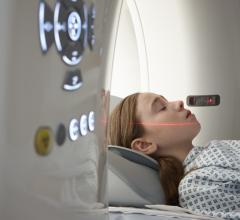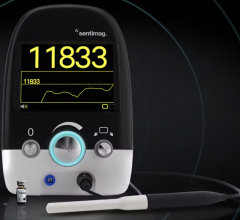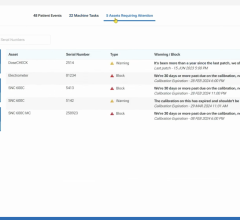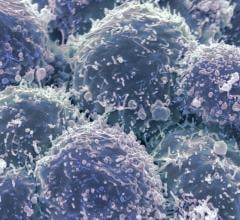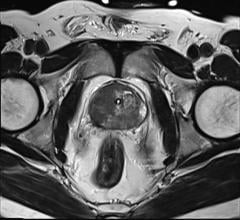
May 17, 2011 - Published in the April issue of Journal of Nuclear Medicine, Gamma Medica and Mayo Clinic of Rochester, Minn., document the achievement of a five-fold reduction in the necessary dose of Tc-99m sestamibi to perform molecular breast imaging (MBI). This achievement enables the new LumaGEM MBI System by Gamma Medica to deliver the same low radiation dose as digital screening mammography.
The following are details of the study:
STUDY OBJECTIVES: The aim of this study, conducted by Mayo Clinic of Rochester, Minn., was to achieve a five-fold reduction in the necessary dose of Tc-99m sestamibi to perform molecular breast imaging (MBI).
METHODS: Two new MBI systems were involved in the Mayo Clinic study: (1) LumaGEM MBI by Gamma Medica Inc. of Northridge, Calif., which became commercially available in 2009 and (2) Alcyone by General Electric (GE) Medical Systems of Haifa, Israel, which received U.S. Food and Drug Administration (FDA) clearance in November, 2010. Both systems comprise dual-head pixilated cadmium zinc telluride (CZT) detectors mounted on a modified mammographic gantry. The dual-head camera design was previously shown to significantly increase detection of small breast lesions compared to a single head design.
The following three dose reduction methods were employed.
(1) Low-dose collimation: Optimized registered collimators were designed for each gamma camera in order to improve system sensitivity while retaining adequate spatial resolution. For both designs, hole length was shortened and septal thickness increased from standard collimation.
(2) Energy acceptance window: The standard energy window used with Tc-99m sestamibi is typically 126 – 154 keV. From Monte Carlo modeling of patient energy spectra, we determined that a lower energy window limit of 110 keV would capture a substantial proportion of misregistered photopeak events while including only a small amount of scattered events into the image.
(3) Postprocessing filters: Noise reduction algorithms were developed to generate four composite images (one from each CC and MLO view of each breast). A Gaussian neighborhood geometric mean (GNGM) was used to adaptively combine opposing images in order to decrease noise but retain lesion contrast. A non–local-means denoising filter was applied to the combined images. The impact of these dose reduction methods was evaluated in both phantom and patient studies.
RESULTS: Optimized collimation and widened energy window resulted in a gain in sensitivity of 3.6 for the LumaGEM and 2.8 for the Alcyone detectors. With application of all three dose-reduction methods, 148 MBq images had slightly fewer counts but comparable or improved signal-to-noise (SNR) ratio compared to the standard 740 MBq images. Clinical low-dose MBI studies showed comparable quality to previous standard studies and in three studies, mammographically occult breast cancers were detected with low-dose MBI.
CONCLUSION: Image quality obtained with low-dose MBI performed with 148 MBq Tc-99m sestamibi matches that of standard MBI performed with 740 MBq dose. Low-dose MBI presents radiation risks to the patient comparable to that of digital screening mammography, allowing its safe implementation as a screening technique.
For more information: www.gammamedica.com

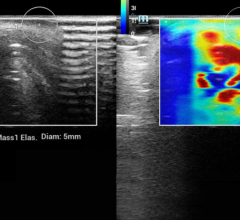
 May 03, 2024
May 03, 2024 
